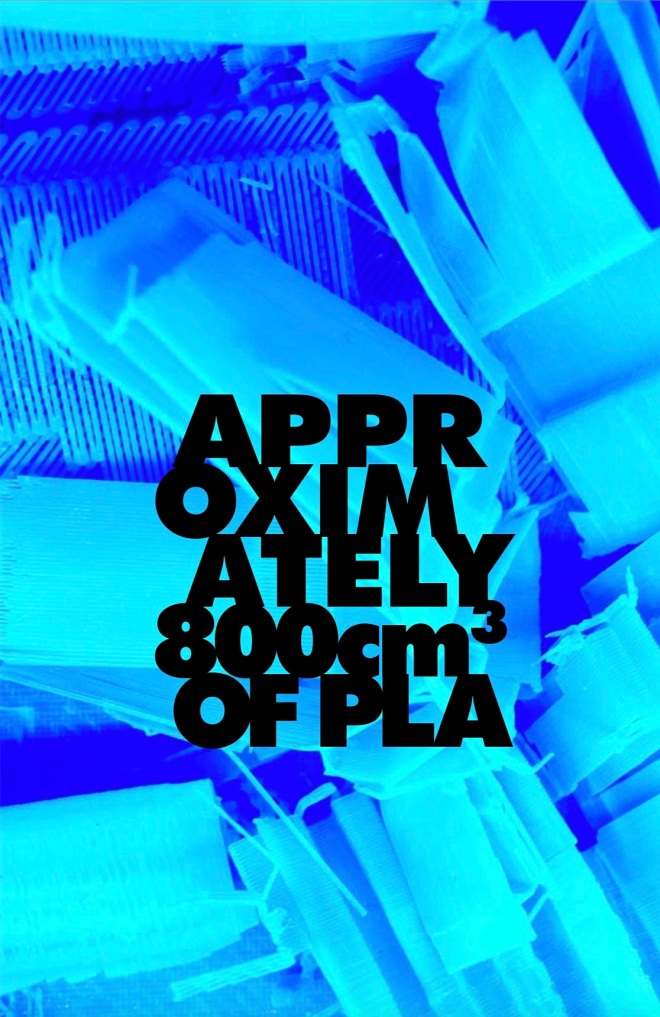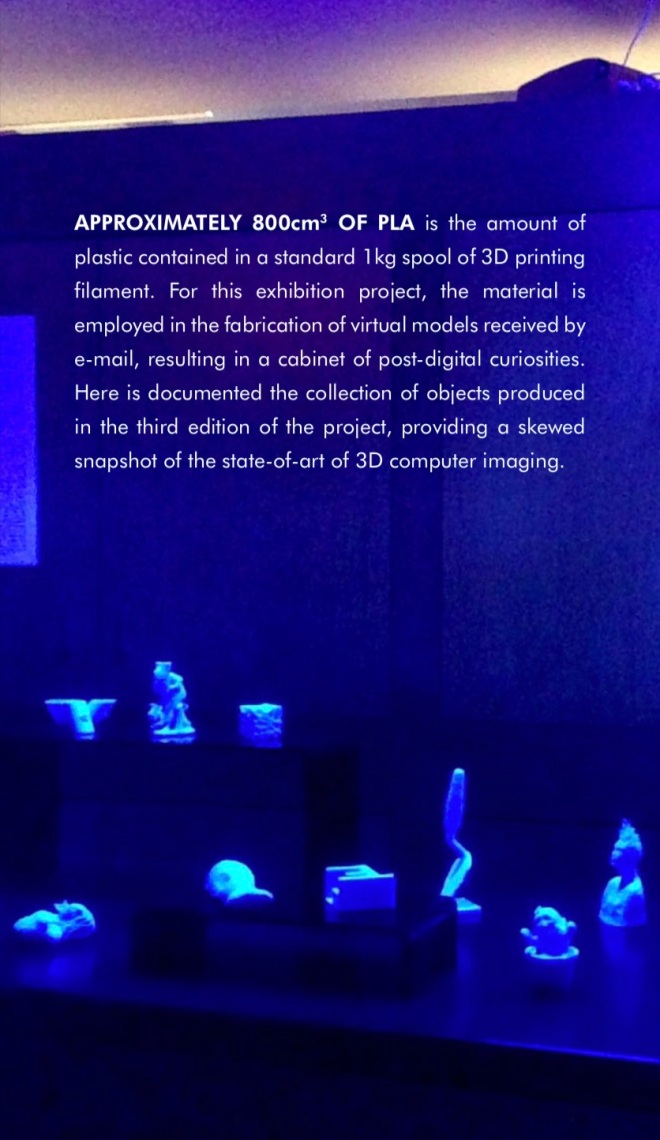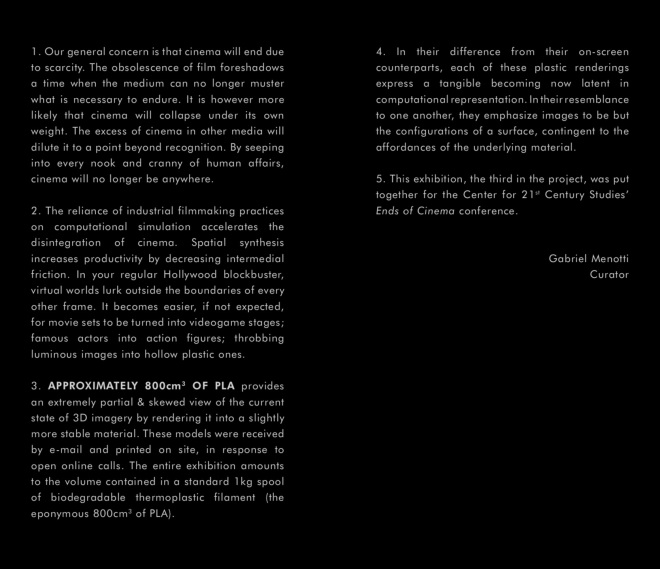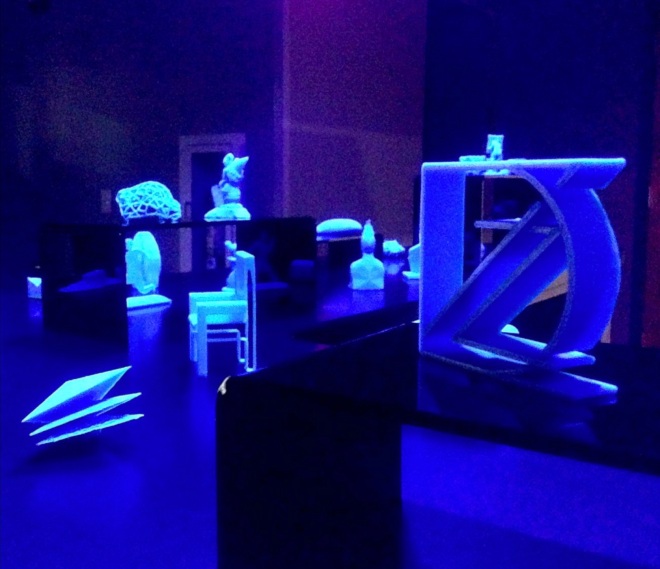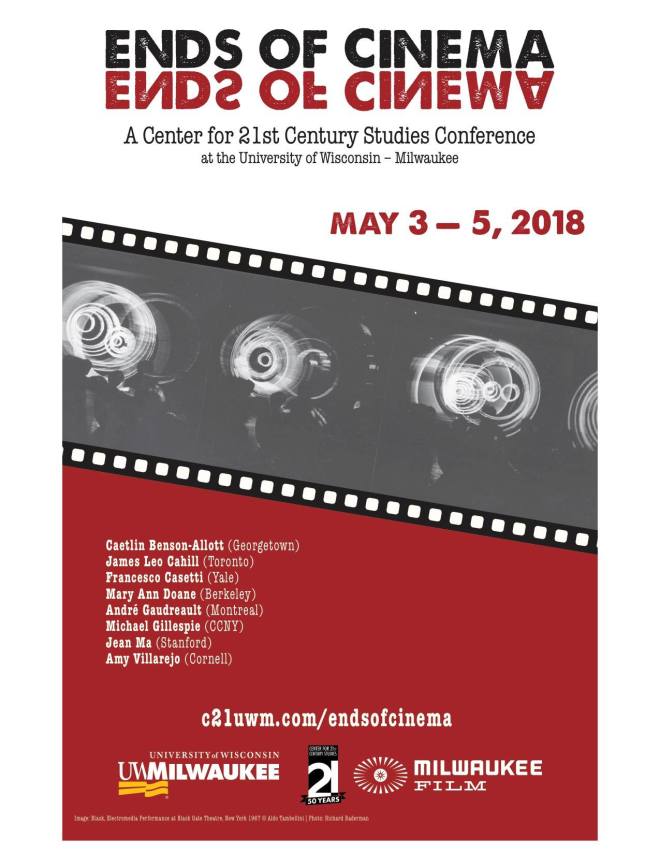
I am excited to be participating in the Ends of Cinema conference at the Center for 21st Century Studies, taking place May 3-5, 2018 at University of Wisconsin Milwaukee. There are some great keynote speakers, including my colleague Jean Ma and lots of other wonderful people. The C21, under the expert leadership of Richard Grusin (who is now back at the helm after a short hiatus), has put on some of my personal favorite conferences, and I expect this one to be no less exciting and thought-provoking.
My own contribution will be a paper titled “Post-Cinematic Realism” — work in progress for my current book project Discorrelated Images. Here is the abstract:
Post-Cinematic Realism
Shane Denson, Stanford University
In its classical formulation, cinematic realism is based in the photographic ontology of film, i.e. in the photograph’s indexical relation to the world, which grants to film its unique purchase on reality; upon this relation also hinged, for many realist filmmakers, the political promise of realism. Digital media, meanwhile, are widely credited with disrupting indexicality and instituting an alternative ontology of the image. David Rodowick, for example, argues that the interjection of digital code disrupts film’s “automatisms” and eradicates the index in favor of the symbolic. But while such arguments are in many respects compelling, I contend that the disruption of photographic indexicality might also be seen to open up spaces in which to explore new automatisms that communicate reality and/or realism with and through post-indexical technologies.
Whereas André Bazin privileged techniques like the long take and deep focus for their power to approximate our natural perception of time and space, theorists like Maurizio Lazzarato and Mark Hansen emphasize post-cinematic media’s ability to approximate the sub-perceptual processing of duration executed by our pre-personal bodies. The perceptual discorrelation of computational images gives way, in other words, to a more precise calibration of machinic and embodied temporalities; simultaneously, the perceptual richness of Bazin’s images becomes less important, while “poor images” (in Hito Steyerl’s term) communicate more directly the material and political realities of a post-cinematic environment. As I will demonstrate with reference to a variety of moving-image texts employing glitches, drones, and other computational objects, post-cinematic media might in fact be credited with a newly intensified political relevance through their institution of a new, post-cinematic realism.
